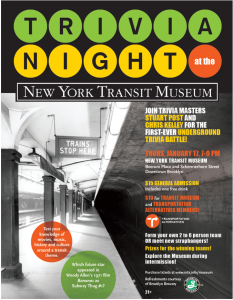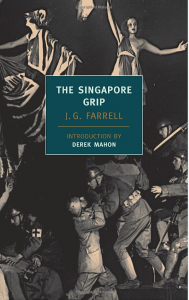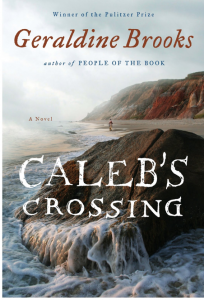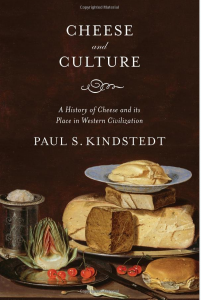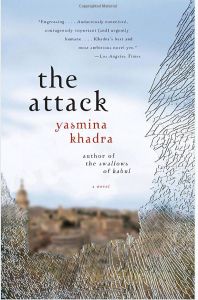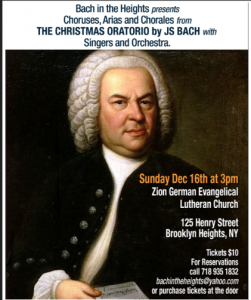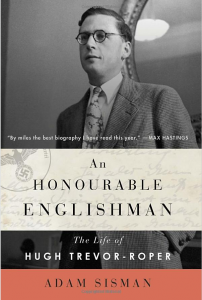He’s been called the Balzac of blurbs, the Robert Pollard of blurbs. And now he’s the centerpiece of a new short documentary by Edward Champion, “Shteyngart Blurbs.” Gary Shteyngart blurbs and blurbs and blurbs. Why? He says he’s trying to get people to read literary fiction. He’s paying forward the help that he got when he was a newbie. And, well, it’s good for the ego.
Sausage-making is one of those things you don’t want to look into, and it’s entirely possible that blurbing is another. But if you’re strong of stomach, read on. Publishers believe that blurbs sell books – you even see blurbs on self-published books. So blurbing is an important service for fellow authors. But the search for a blurb can be excruciating, one of the many grateful recipients of a Shteyngart blurb says in the film. Shteyngart is willing, and his power is nearly mystical. One author says he lays hands on a book and comes to understand its essence.
I ignore blurbs. All critics claim to ignore blurbs. OK, I often look to see who blurbed a book but I’m not sure I’m ready to admit they influence me. This makes me unlike the Washington Post critic Ron Charles, who says in the movie “I am impressed by good blurbs even when I know they are friends of the author. . .” I like to figure out the networks – who knows who, who studied with whom. I always read the acknowledgements, too.
The film is full of grateful recipients of Shteyngart’s blurb largesse, including A.J. Jacobs, whose New York Times column on blurbing says:
A literary blog once created a word collage out of all blurbs by the novelist Gary Shteyngart. “My blurbing standards are very high,” Shteyngart told me. “I look for the following: Two covers, one spine, at least 40 pages, ISBN number, title, author’s name. Once those conditions are satisfied, I blurb. And I blurb hard. I’ve blurbed about a hundred novels in the past 10 years, nearly every one that landed on my desk.
Shteyngart admits to the ego – and to a few other things too. Like not finishing all the books he’s blurbed. And did he blurb the film? Here’s his tweet:
“The Shteyngart Blurb documentary combines the hard-won wisdom of Hoop Dreams with the epic scope of Ken Burns’ Civil War thingee.” — G. S.
— Gary Shteyngart (@Shteyngart) January 4, 2013
It’s all part of the game. Do you read blurbs? Do you read Shteyngart’s blurbs? Do they influence you? Let us know in the comments.
Publisher’s note: We got our own Shteyngart blurb!
. @shteyngart WE’RE PLOTZING!
— The Brooklyn Bugle (@BrooklynBugle) January 11, 2013
UPDATE: This post has been edited.
Have a book you want me to know about? Email me at asbowie@gmail.com. I also blog about metrics here.

